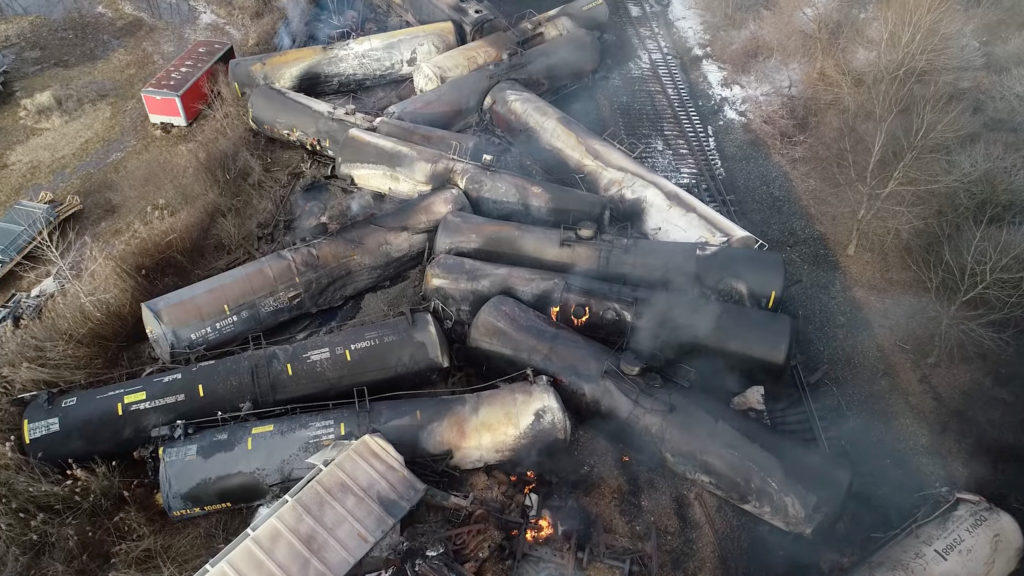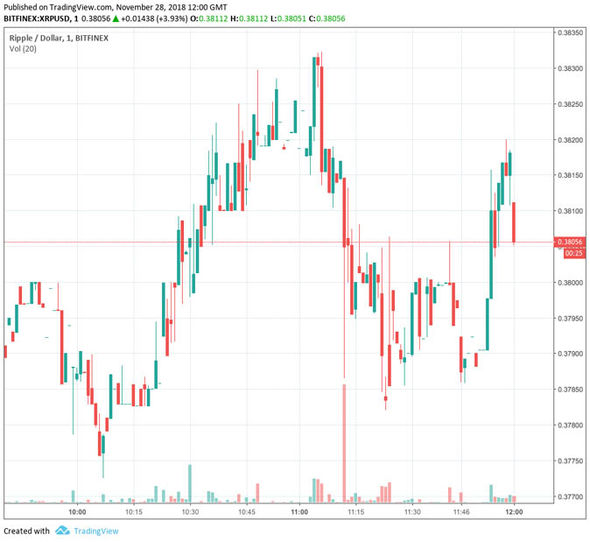Ohio Train Derailment: The Lingering Threat Of Toxic Chemicals In Buildings

Table of Contents
Identifying the Toxic Threats: Chemicals Released and Their Persistence
The derailment unleashed a cocktail of hazardous chemicals, including vinyl chloride, butyl acrylate, and ethylene glycol monobutyl ether. These substances pose significant health risks, even at low concentrations, and their persistence in the environment is a major concern.
- Vinyl chloride: A known human carcinogen, vinyl chloride exposure can lead to liver damage, respiratory issues, and an increased risk of various cancers. Its volatility means it can easily seep into building materials, particularly porous ones like drywall and insulation.
- Butyl acrylate: This chemical causes severe eye, skin, and respiratory irritation. It can persist in the environment for extended periods, accumulating on surfaces and potentially leading to chronic health problems with prolonged exposure.
- Ethylene glycol monobutyl ether: This chemical is irritating to the eyes, skin, and respiratory tract. It can also affect the central nervous system.
The dispersion patterns of these chemicals are still being studied, but initial assessments suggest widespread contamination extending beyond the immediate vicinity of the derailment site. Maps and modeling data are crucial in identifying the areas most at risk. The persistence of these chemicals in building materials necessitates thorough testing and remediation efforts to mitigate long-term health consequences. Understanding the chemical dispersion patterns is paramount to effective cleanup efforts.
Assessing the Impact: Health Risks Associated with Building Contamination
Exposure to the chemicals released in the Ohio train derailment carries significant health risks, both short-term and long-term.
- Short-term effects: These can include immediate respiratory distress, skin irritations, headaches, and nausea.
- Long-term effects: The potential for long-term health consequences, including various cancers, neurological disorders, and reproductive issues, remains a serious concern. The lack of comprehensive, long-term studies adds to the uncertainty surrounding the full extent of these risks.
Children, the elderly, and individuals with pre-existing respiratory or immune conditions are particularly vulnerable to the effects of chemical exposure. The Ohio train derailment underscores the importance of prioritizing vulnerable populations during emergency responses and environmental remediation.
Detection and Remediation: Testing and Cleaning Contaminated Buildings
Identifying and remediating contaminated buildings requires a multi-pronged approach involving advanced testing and specialized cleaning techniques.
- Testing methods: Air quality monitoring using sophisticated equipment is essential to detect airborne contaminants. Water testing identifies chemical presence in drinking water sources. Surface sampling, including swabbing and material analysis, determines the extent of contamination in building materials.
- Remediation process: This can include decontamination procedures such as air scrubbing and surface cleaning, removal of severely contaminated materials, and installation of air purification systems.
The remediation process presents significant challenges, particularly in removing deeply embedded chemicals from building materials. The cost of remediation can be substantial, and the effectiveness of cleanup efforts can be limited depending on the nature and extent of the contamination. Effective toxic chemical cleanup necessitates a comprehensive strategy.
Governmental Response and Community Action: Addressing the Ohio Train Derailment Aftermath
The governmental response to the Ohio train derailment has been a subject of considerable debate. The EPA's involvement and the provision of federal funding for remediation efforts are critical components of the recovery process. Furthermore, legal actions against Norfolk Southern and other responsible parties are crucial for accountability and ensuring the long-term financial resources for cleanup and compensation for affected residents.
Simultaneously, community-led initiatives, including citizen monitoring efforts and advocacy groups, are playing a vital role in holding officials accountable and advocating for the needs of affected residents. Transparency and public access to testing data and health resources are vital to fostering trust and empowering communities to protect their own well-being.
Conclusion: The Ongoing Threat and the Need for Continued Vigilance Against Toxic Chemical Contamination in Buildings After the Ohio Train Derailment
The Ohio train derailment serves as a stark reminder of the potential for widespread and long-lasting environmental damage from hazardous materials. The lingering threat of toxic chemical contamination in buildings necessitates comprehensive testing, effective remediation strategies, and robust governmental oversight. Continued vigilance is essential to safeguard public health and prevent similar disasters in the future. Stay informed, support community initiatives advocating for thorough testing and cleanup, and demand stronger regulations to prevent future Ohio train derailment incidents and ensure better building safety. The long-term implications of this disaster require sustained attention and action to address the pervasive threat of toxic chemical contamination.

Featured Posts
-
 Xrp Etf And Ripple Latest News And Price Predictions
May 01, 2025
Xrp Etf And Ripple Latest News And Price Predictions
May 01, 2025 -
 Community Town Hall Dr Victoria Watlington In Conversation With Joe Bruno
May 01, 2025
Community Town Hall Dr Victoria Watlington In Conversation With Joe Bruno
May 01, 2025 -
 1 Million Debt Relief Michael Sheens 100 000 Contribution
May 01, 2025
1 Million Debt Relief Michael Sheens 100 000 Contribution
May 01, 2025 -
 Samoas World Cup Hopes Dashed By Tonga
May 01, 2025
Samoas World Cup Hopes Dashed By Tonga
May 01, 2025 -
 A Masterclass In Rugby Duponts 11 Points Power France Past Italy
May 01, 2025
A Masterclass In Rugby Duponts 11 Points Power France Past Italy
May 01, 2025
